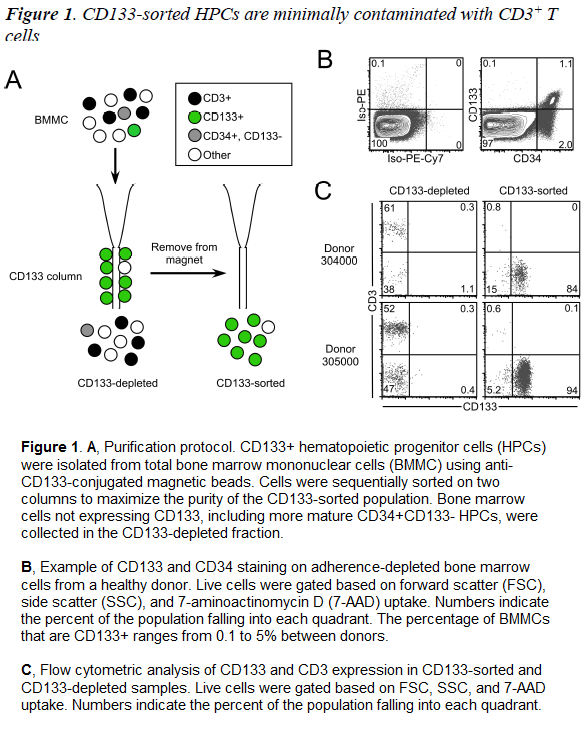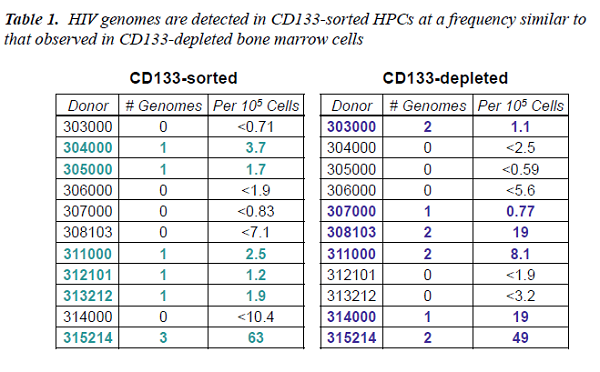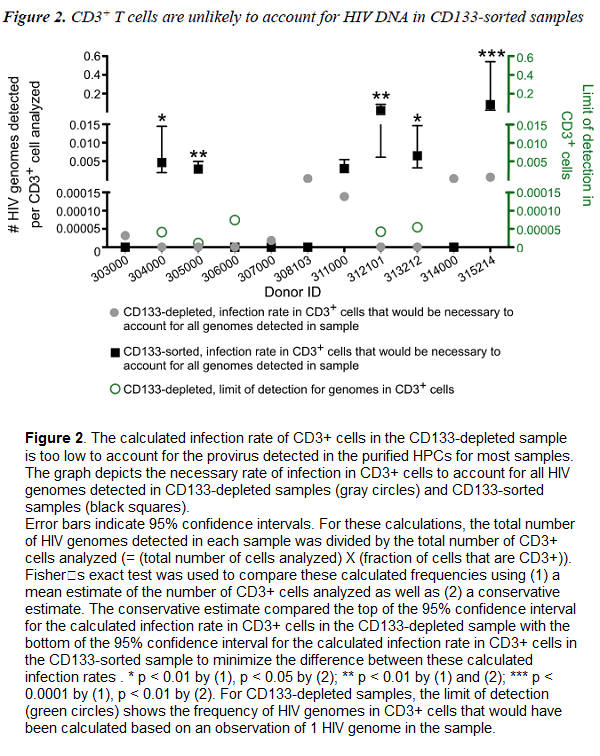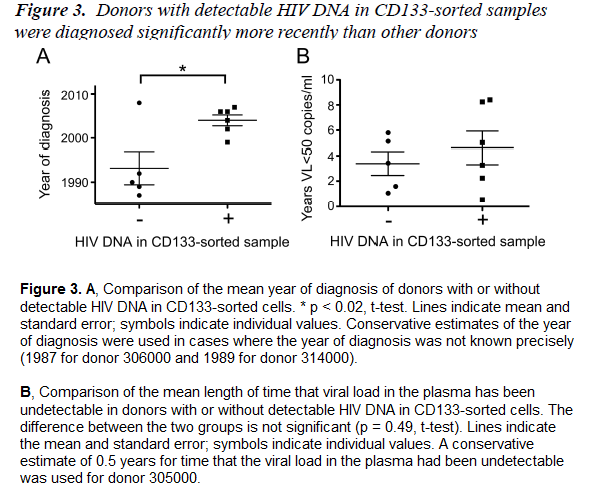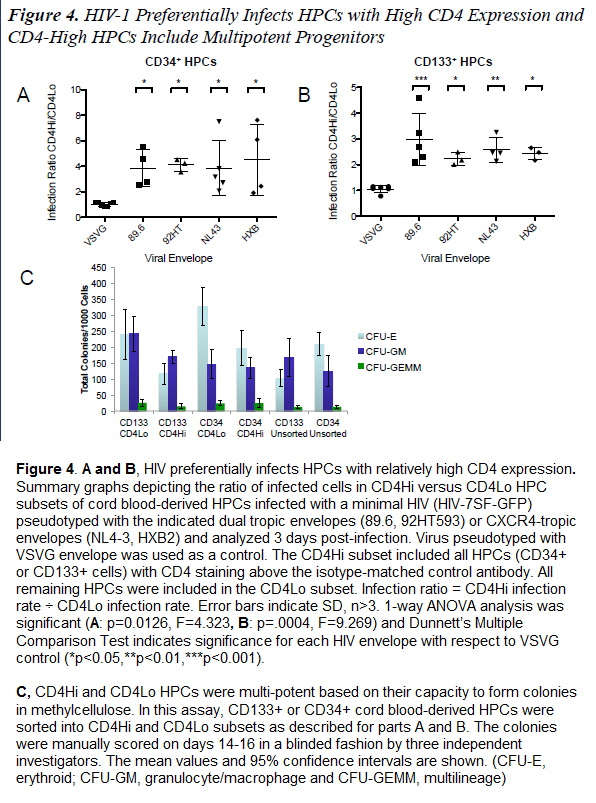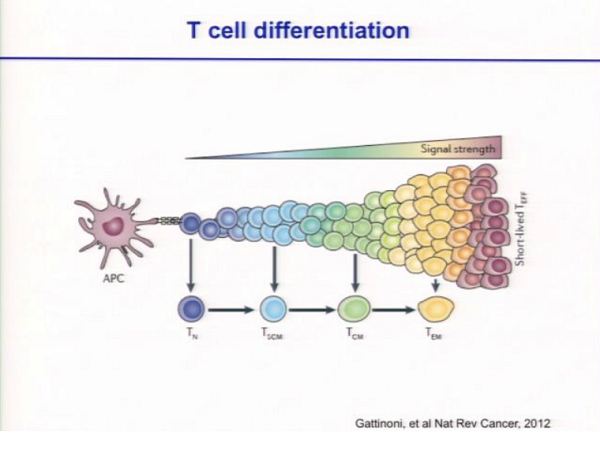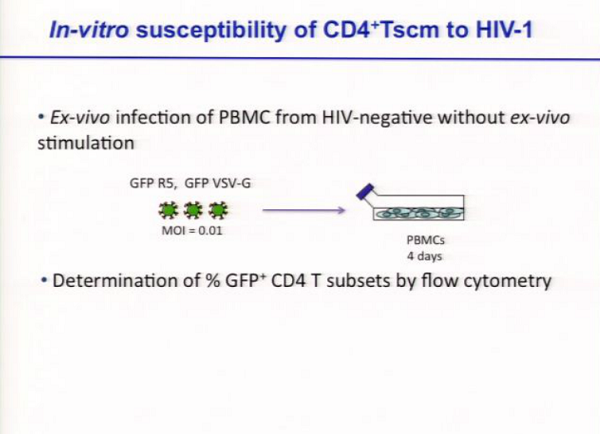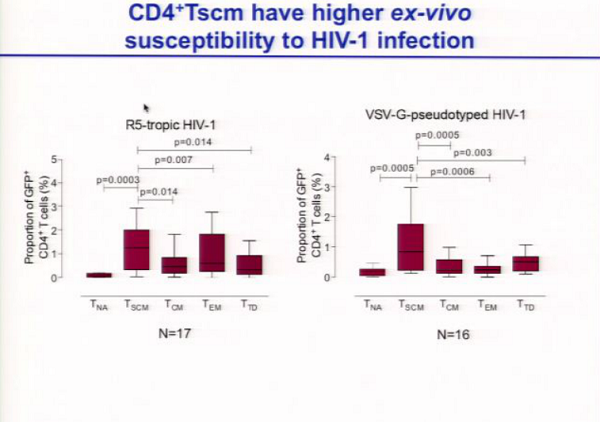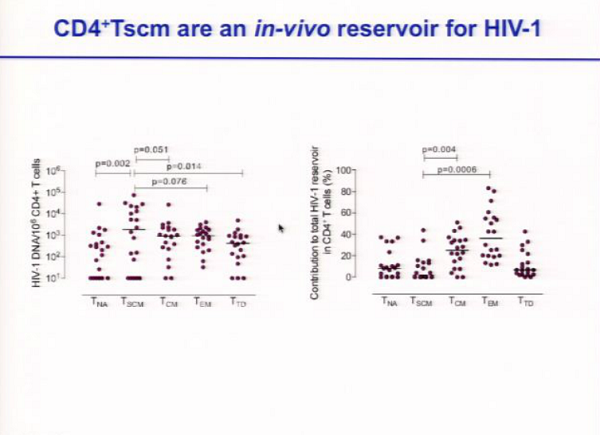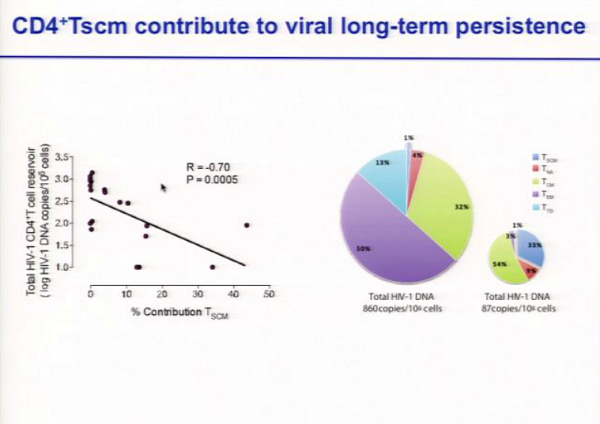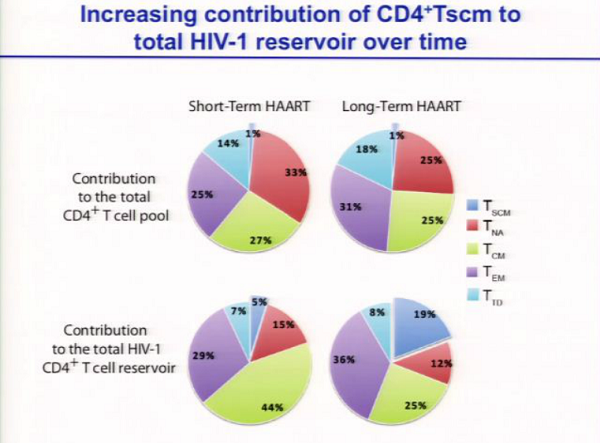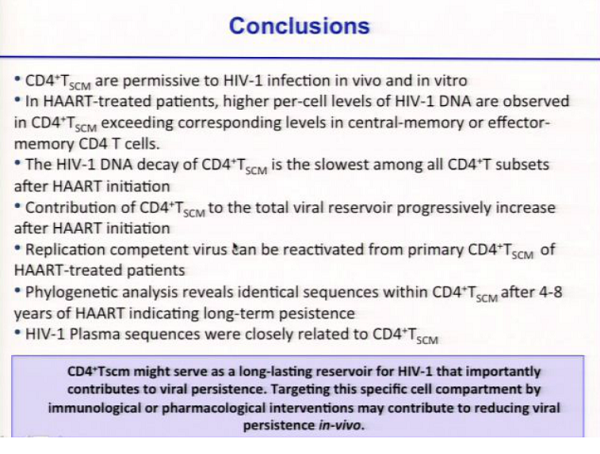HIV Preferentially Infects Hematopoietic Progenitor Cells with High CD4 and Can Be Found in CD133+ Hematopoietic Progenitor Cells in a Subset of Optimally Treated People with Long-term Viral Suppression - #372
ABSTRACT
Background. Hematopoietic progenitor cells (HPCs) have been proposed as a reservoir of HIV. However, HPCs are heterogeneous and the ability of specific subsets of HPCs to harbor HIV has not been thoroughly assessed. Here, we investigate whether immature CD133+ HPCs harbor HIV genomes in vivo and assess the potential for T cell contamination in these samples. We also investigate whether HIV preferentially infects HPCs with high CD4 expression in vitro.
Methods. CD133-sorted and CD133-depleted bone marrow cells were purified from 11 antiretroviral-treated donors with viral loads of <48 copies per ml. CD133 and CD3 expression was assessed by flow cytometry. HIV DNA was quantified by PCR. Associations between HIV DNA in CD133+ HPCs and donor characteristics were tested with t-tests. The probability of observing the distribution of HIV genomes in the CD133-sorted and CD133-depleted samples from each donor if all genomes were derived from CD3+ T cells was assessed with Fisher’s exact test. HIV infection of healthy donor HPCs with varying CD4 expression in vitro was assessed by flow cytometry.
Results. HIV genomes were detected in CD133-sorted samples from 6 donors, including two with undetectable viral loads for more than 8 years. CD3+ cells made up less than 1% of cells in all CD133-sorted samples. For 5 of 6 CD133-sorted samples with detectable HIV DNA, the HIV genomes could not be accounted for by contaminating CD3+ cells (p < 0.01 [3 donors] or p < 0.05 [2 donors], Fisher's exact test). Donors with detectable HIV DNA in HPCs were diagnosed significantly more recently than other donors (p < 0.02, t-test) but had had undetectable viral loads for similar periods of time (p = 0.49, t-test). In vitro, we observed 2 to 4 times more infection in CD4-high HPCs with both dual- and CXCR4-tropic HIV envelopes. For dual and CXCR4-tropic envelopes, the mean ratio of infection in CD4-high versus CD4-low HPCs was significantly greater than that observed with VSV-G envelope (p < 0.05, 1-way ANOVA test).
Conclusions. HIV genomes can be detected in CD133+ HPCs from a subset of donors with long-term viral suppression. Moreover, contaminating CD3+ cells are not a good explanation for these results. In vitro, HIV preferentially infects CD4-high HPCs. The finding that HIV infection of HPCs is associated with year of diagnosis but not with duration of viral suppression requires validation in further studies, but suggests that factors associated with disease duration may also influence HIV persistence in HPCs.
